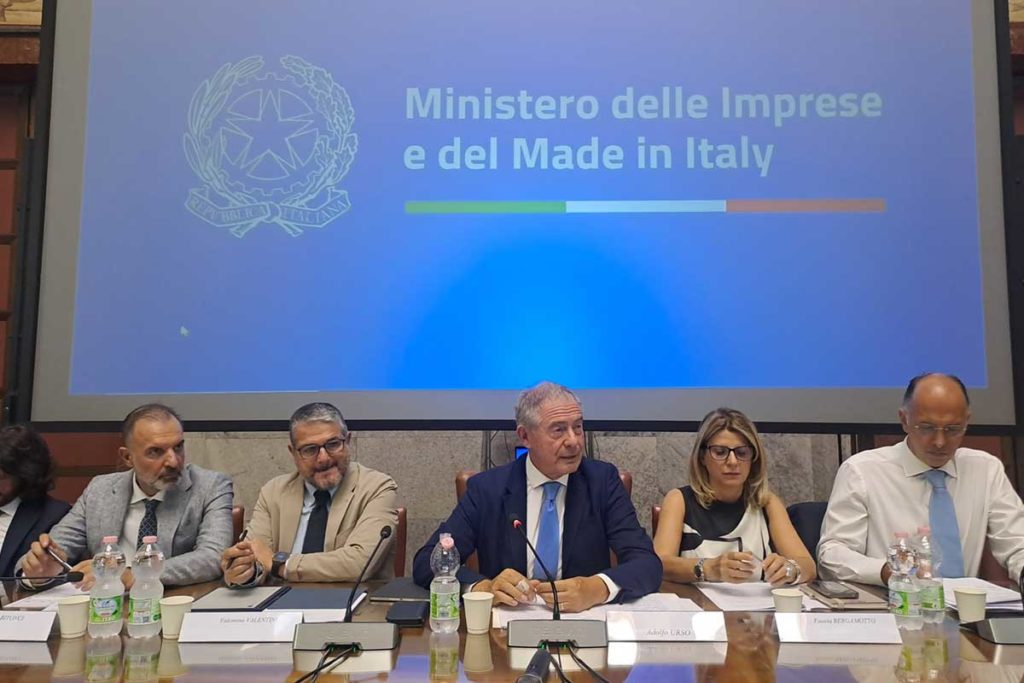
On September 17 at 11 a.m., the Ministry of Enterprise and Made in Italy (MIMIT) has called another meeting to discuss the future of the Termoli Gigafactory. The current engine production site, soon to come under the ownership of the ACC joint venture between Stellantis, Mercedes-Benz and TotalEnergies, is at the heart of the Italian government's concerns. Minister Adolfo Urso, who will chair the meeting, is awaiting clarification on the progress of the project, whose delays are causing growing concern.
A high-voltage meeting
The meeting on September 17 will be held at Palazzo Piacentini, the MIMIT headquarters, and will bring together representatives from the three ACC consortium companies, as well as from the Molise region and trade unions. The objective is clear: obtain precise answers on the timescale for converting the Termoli plant for the production of batteries for electric vehicles and on maintaining promised production levels.
This summons comes at a tense time, marked by Minister Urso's recent warnings. At the Rimini Meeting, he had not hesitated to mention the possibility of redirecting funds from the National Recovery and Resilience Plan (PNRR) to other projects should Stellantis fail to meet its commitments regarding the Termoli Gigafactory.
The government's expectations regarding delays
The Termoli Gigafactory project is of strategic importance to Italy, as it is part of a global 7 billion European plan to boost battery production for electric vehicles in Europe. With an investment of 400 million euros for Italy, backed by a state guarantee provided by SACE, the importance of this project is beyond doubt. However, the delays accumulated by Stellantis and its partners are cause for concern.
Adolfo Urso was very clear in his statements: the government has fulfilled its part of the contract, but now Stellantis must deliver on his promises. At the Rimini meeting, the Minister expressed his disappointment at the lack of progress and stressed that the future of the Termoli site depends on Stellantis' ability to meet its commitments. The government is ready to take drastic measures if necessary, including the reallocation of NRRP funds.
Towards a resumption of dialogue?
Despite the tension, it seems that Stellantis is ready to reopen the dialogue. At the last automotive round table organized by MIMIT in August, representatives of the group have indicated their willingness to resume talks after the summer break. Giuseppe Manca and Daniela Poggio, representatives of Stellantis, affirmed the Group's willingness to reassess the industrial plan in the light of new market realities and European policies on energy transition.
But the question remains: will this dialogue be enough to allay the concerns of the government and the unions? The latter have already voiced their concerns, fearing for the future of the thousands of workers dependent on the automotive industry in Italy. Lhe September 17 meeting could therefore prove decisive for the future of the Termoli Gigafactory and, by extension, for the entire Italian automotive sector.